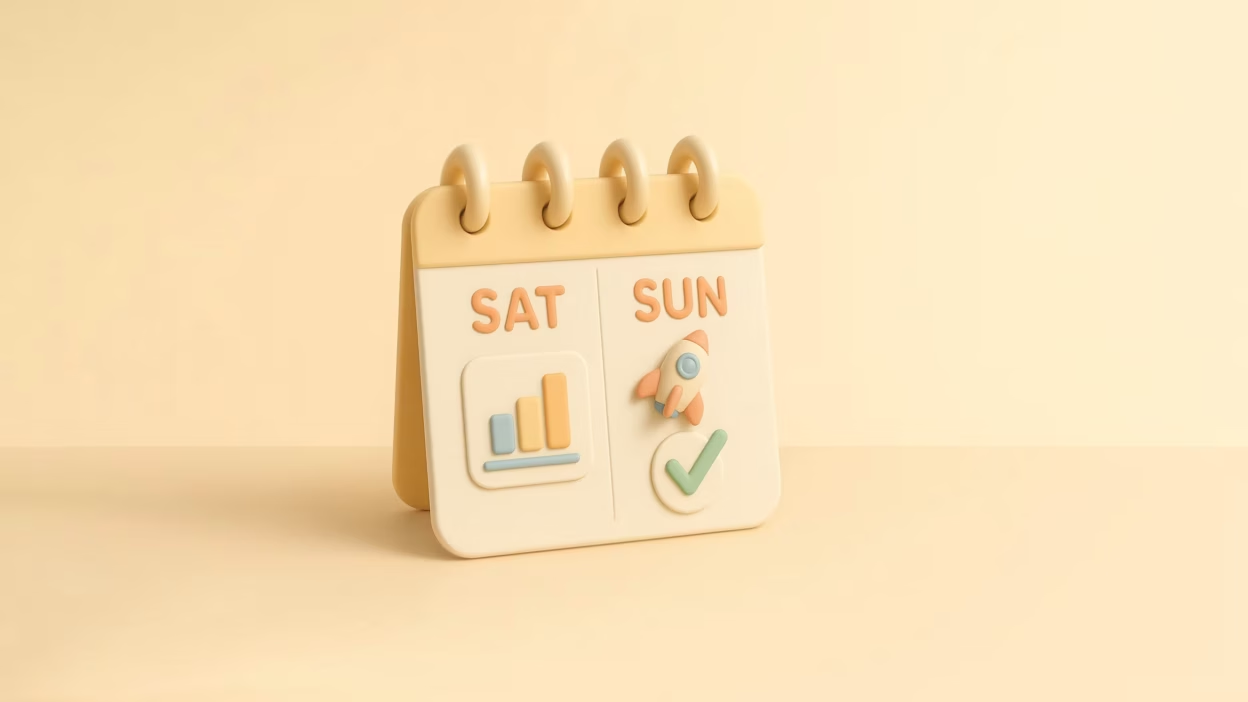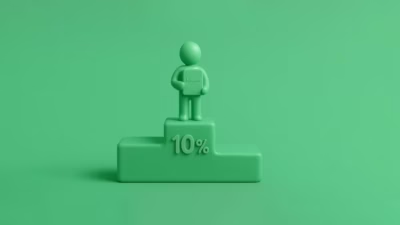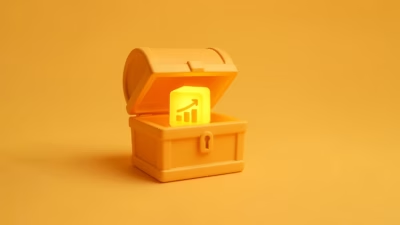Ever sat down on a Saturday morning, coffee in hand, telling yourself “This is the weekend I finally build a data science project”… and then by Sunday night, you’ve somehow reorganized your laptop files, watched three “How to Learn Data Science” YouTube videos, and built exactly zero projects?
Yeah. Been there. More than once.
Starting a project feels intimidating — like you need to be a semi-pro hacker with a PhD and ten Kaggle medals just to qualify. But here’s the thing most people don’t realize (until way too late): you don’t need massive, complicated projects to level up.
You just need to start. Small projects. Fast wins. Real momentum. That’s where the magic happens.
In fact, some of the most important skills you’ll build — cleaning messy data, making quick visualizations, asking smart questions — happen during these tiny weekend sprints. Plus, finishing something (anything!) feels 1000x better than endlessly “planning” your perfect portfolio.
So if you’re itching to finally get your hands dirty and stop lurking on data forums wondering where to begin, you’re in the right place.
I’ve pulled together 7 beginner-friendly data science projects you can actually finish in a weekend — complete with links to real datasets and little nudges to keep you moving.
Ready? Let’s dive in before that coffee gets cold.
1. Analyze Your Netflix Viewing Habits
Ever wondered how much time you’ve spent binge-watching your favorite shows? Netflix allows you to download your viewing history, providing a perfect dataset to analyze your watching patterns.
What You’ll Learn:
- Data cleaning and preprocessing
- Time series analysis
- Data visualization techniques
Resources:
2. Explore the Titanic Dataset
The Titanic dataset is a classic in the data science community. It provides information on passengers aboard the ill-fated ship, allowing you to explore factors that influenced survival.
What You’ll Learn:
- Exploratory data analysis (EDA)
- Feature engineering
- Logistic regression modeling
Resources:
3. Scrape and Analyze Quotes from Websites
Web scraping is a valuable skill for data scientists. Practice by extracting quotes from websites like Goodreads or BrainyQuote and analyze the most common themes or authors.
What You’ll Learn:
- Web scraping with Python (using libraries like BeautifulSoup)
- Text processing and analysis
- Data visualization
Resources:
4. Predict Wine Quality
Use machine learning to predict wine quality based on physicochemical tests. This dataset is great for practicing regression techniques.
What You’ll Learn:
- Data preprocessing
- Regression modeling
- Model evaluation metrics
Resources:
5. Analyze COVID-19 Data
The COVID-19 pandemic has generated vast amounts of data. Analyze trends, case numbers, or vaccination rates to gain insights into the pandemic’s progression.
What You’ll Learn:
- Time series analysis
- Data visualization with libraries like Matplotlib or Seaborn
- Handling real-world datasets with missing values
Resources:
6. Perform Market Basket Analysis
Market basket analysis helps understand customer purchasing behaviors. Use transactional data to find associations between products.
What You’ll Learn:
- Association rule learning (e.g., Apriori algorithm)
- Data preprocessing for transactional data
- Interpreting association rules
Resources:
7. Visualize World Happiness Report
The World Happiness Report ranks countries based on factors contributing to happiness. Create visualizations to explore correlations between happiness scores and other variables.
What You’ll Learn:
- Data visualization techniques
- Correlation analysis
- Storytelling with data
Resources:
Wrapping It Up
And there you have it — seven projects, seven chances to actually hit “publish” instead of “still working on it.”
The truth is, done is better than perfect. Especially when you’re learning.
No one cares if your first Netflix analysis is a little rough around the edges or your COVID-19 graphs aren’t Pulitzer material. What matters is that you start asking questions, finding patterns, making mistakes, and (most importantly) finishing things.
Here’s the coolest part: each small project you complete compounds.
- You get faster at cleaning data.
- You get smarter about choosing models.
- You get braver about showing your work.
And pretty soon? You stop feeling like a “beginner” and start feeling like a builder.
One final tip: don’t get trapped chasing “perfect” ideas. It’s way better to take a simple dataset (like the Titanic or Netflix history) and put your own spin on it — than to waste hours searching for the “ideal” project you’ll never start.
So pick one this weekend. Block a few hours. Brew another coffee. Turn off your notifications. And build something tiny, scrappy, and 100% yours.
You’ll be amazed at how far just one finished project can take you.
Catch you at the finish line. And hey — save me a screenshot when you’re done, will you?





